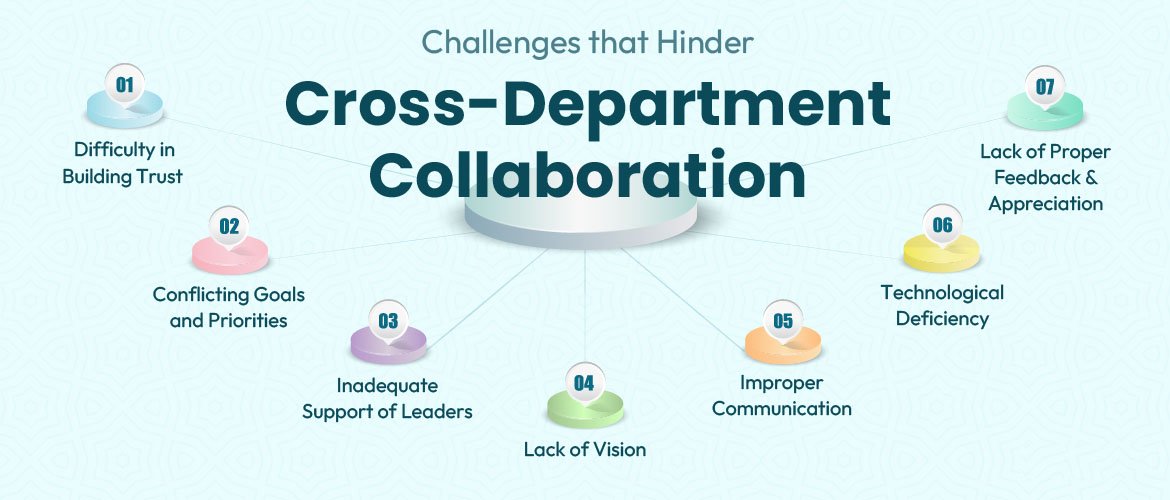Forecasting of solar output using ANN
As the input data of solar irradiance and metrological has non-linear nature, non-linear approaches of determination of relation or functions are used further for better results. An artificial neural network is one of the approaches which consider the wide range of non-linear inputs and are determined by different models. These models are trained by real input and output data. Input data consist of more than one input and activation function is selected on behalf of the nature of non-linearity of input and output data. There are no assumptions made for the training of models, therefore they produce better output than statistical methods.
In this method, there is input layer which accepts input data, hidden layers (which may be more than one) determines effect of input on output defined by weights and bias. Output layer produces output data in the neural network model. Initially these weights are randomly selected for training of model and activation function squeezes sum of all signal and sent to output layer. For training reference, input-output data is used. Output of model is compared to reference output, further weights & bias are modified and again output is determined. The weights are modified so as to reduce error between new output and reference output than previous error. In this process, weights are modified each time to obtain better output and it continues till obtained output matches with reference output. On completion of training, weights are obtained which validates reference input-output data. After training of model, it can be used to obtain output from new set of input data. There are various types of neural network layer interconnection or architecture, some of them are multilayer perceptron, multi layer feed forward neural network, radial basis function neural network, recurrent neural network, adaptive neuro-fuzzy inference systems (ANFIS) etc. These architectures have been used for solar power output analysis. Auto regressive integrated moving average (ARMA), Support vector machine (SVM), ANFIS are frequently used for forecasting.
Submitted By
Mr. Chandershekhar Singh
Associate Professor
EE Department
















